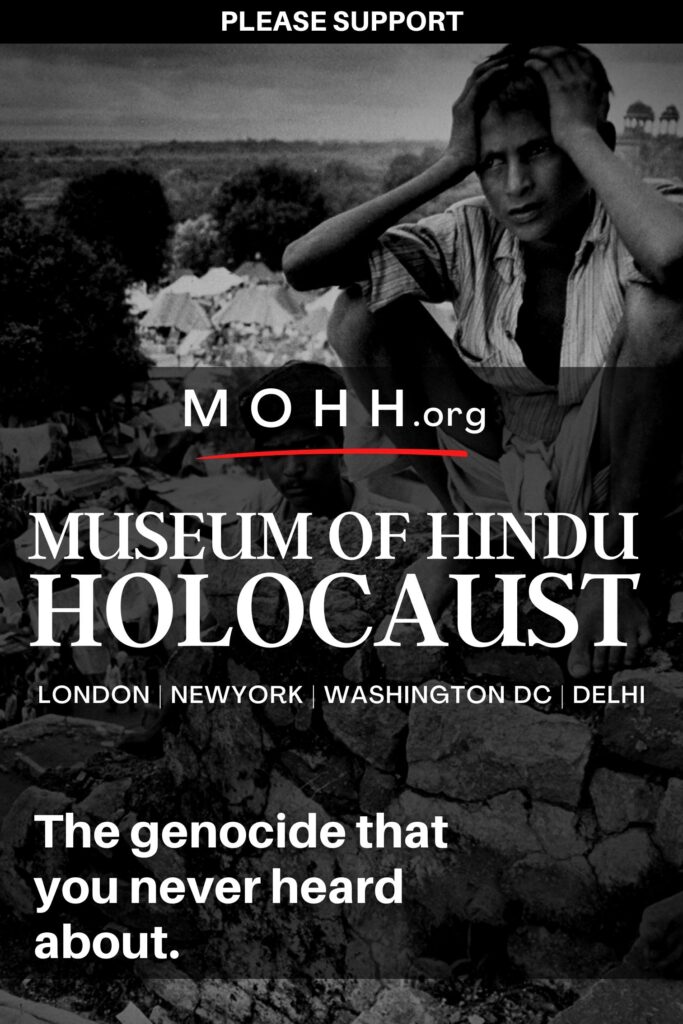[REPORTED AS SEEN]
On the night of March 17, 1959, the Dalai Lama escaped from Lhasa under cover of night. On March 28, while still on Tibetan soil, he formally repudiated China’s infamous “17 Point Agreement for the Peaceful Liberation of Tibet,” upon which consenting Tibetan seals had been forged in 1951. On March 31, exhausted and seriously ill, the Dalai Lama set foot on Indian soil. While this history is affectingly dramatized in Scorsese’s film, this is where the film ends and the ICJ reports begin.
After the flight of the Dalai Lama, Mao crushed Tibet with a vengeance. Institutions of government and education were systematically destroyed; the Buddhist religion was labeled a “disease to be eradicated”; nearly 1.2 million out of about 6 million died through armed conflict and famine; large numbers of Tibetan children were forcibly taken from their families and sent to Chinese orphanages for “reeducation.” Research suggests that close to 1 million Tibetans tried to escape to India, Nepal, Bhutan or other regions of their country, but given the vast distances, lack of food in mountainous terrain and military invasion, most either surrendered to the Chinese or died in flight. In the end, only 110,000 Tibetans survived the journey over the Himalayas to join the Dalai Lama in India. The testimony of many of these refugees was gathered by the ICJ and presented in its 1959 report “The question of Tibet and the Rule of Law.”
This refugee stream continued well into 1960, which compelled the ICJ to issue a second report, titled “Tibet and the Chinese People’s Republic.” Both reports are filled with first-person accounts of atrocities, which began in Eastern and Northern Tibet in the early 1950s. The personal narratives are more powerful than any scholarly or artistic endeavor, as they describe a grimly familiar, 20th-century, state-sponsored genocide, justified by a new, scientific-materialist ideology of “reform” and “progress,” swiftly and efficiently enacted with modern weaponry and just as swiftly and efficiently denied and concealed, despite the ICJ confirmation of genocide and of Tibet’s de facto status as a sovereign state.
In recent years the Communist Chinese occupation of Tibet has, finally, become an issue of concern. For nearly four decades hardly anyone would come near it. Many accepted Chinese propaganda as fact. (As an undergraduate I was ridiculed by my Asian studies professors for suggesting that Tibet was not a “backward serfdom” that had been “peacefully liberated” by the kindly Chairman Mao.) Conversely, objective debate about Tibet is oftentimes hampered by what the distinguished Tibetan intellectual Jamyang Norbu calls the “Shangri-La Syndrome” — i.e., a Western tendency to perceive all things Tibetan as inherently mystical and otherworldly, instead of seeing Tibet in all its human complexity


![Genocide of Sanatani People in Tibet 1959 [Tibet]](https://www.projecthindukush.com/wp-content/uploads/WhatsApp-Image-2021-11-26-at-10.48.13-PM-3-350x450.jpeg)
![Genocide of Sanatani People in Tibet 1959 [Tibet]](https://www.projecthindukush.com/wp-content/uploads/WhatsApp-Image-2021-11-26-at-10.48.13-PM-2-350x450.jpeg)
![Genocide of Sanatani People in Tibet 1959 [Tibet]](https://www.projecthindukush.com/wp-content/uploads/WhatsApp-Image-2021-11-26-at-10.48.13-PM-1-350x450.jpeg)
![Genocide of Sanatani People in Tibet 1959 [Tibet]](https://www.projecthindukush.com/wp-content/uploads/WhatsApp-Image-2021-11-26-at-10.48.13-PM-350x450.jpeg)
![Genocide of Sanatani People in Tibet 1959 [Tibet]](https://www.projecthindukush.com/wp-content/uploads/tibet-350x450.png)
